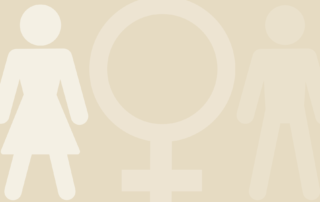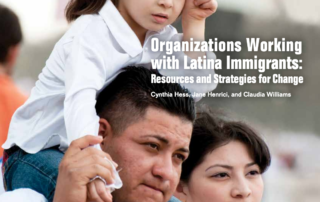Securing a Better Future: A Portrait of Female Students in Mississippi’s Community Colleges
This report presents findings from a survey of female community college students in Mississippi conducted by the Institute for Women’s Policy Research (IWPR) and commissioned by the Women’s Foundation of Mississippi.






